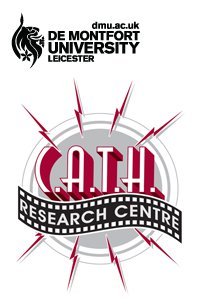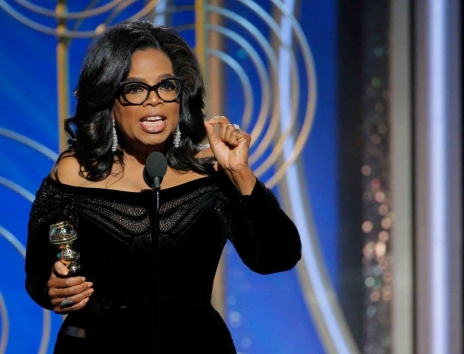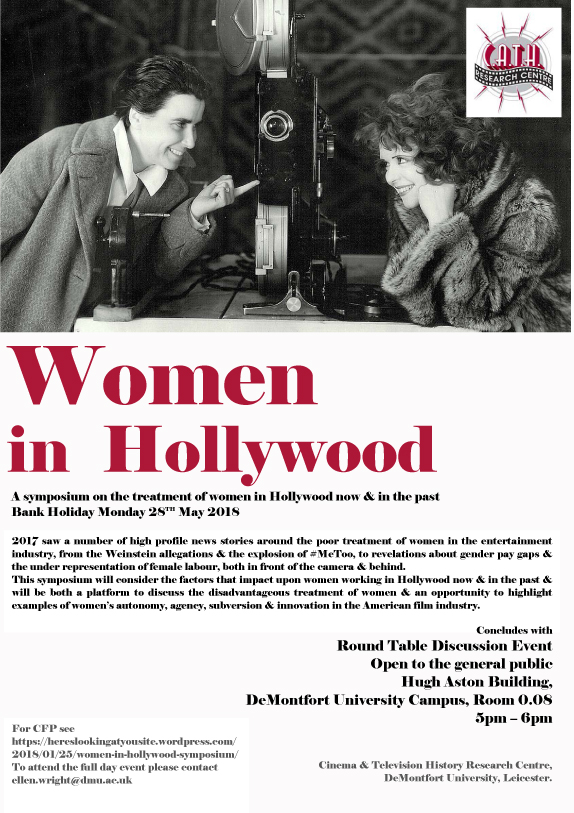Like the plot of a Hollywood movie, me, a simple film historian recently found myself in La La Land!
Partially in preparation for my book on Hollywood images, I accompanied my colleague Matt Jones on his annual DMU Global trip to Los Angeles, with his third year degree students, who study on his Audiences and Fandom module, and took as much time as I could to look around the sites of Hollywood and larger LA, considering the sites, buildings and monuments that endure, through photographs, in the popular imagination.
Having only tested clear for negative for covid for 7 days before we caught our flight, I’m not going to lie, I wasn’t firing on cylinders and I know I didnt get the most out on my 10-day trip, but what I did get to do was amazing and I fell head over heels for the city of Angels.
We flew out to Anaheim first, so the students could attend Wondercon and observe fan behaviours ‘in the wild’, so to speak. The students were clearly amazed by the scale, variety and creativity of the annual 3-day event and were in their element.
As I still had work to do (those journal articles don’t write themselves!) I opted to stay back at our hotel, which had a lovely outdoor pool and write/soak up the sun. A very agreeable office!

My Anaheim office
From Anaheim we drove on to Los Angeles, where we spent 5 glorious days immersing ourselves in Hollywood and it’s history.
To say I was excited was, frankly, an understatement. As a film scholar and someone who has been fascinated by the development of Hollywood, its industry, its stars and its movies in the early 20th century, since I was a teen, this trip was a dream come true for me. My itinerary was huge and – considering I only had 5 days, was recovering from covid, had students to supervise and lots of attractions were still closed to the public in the wake of covid – was not realistic. That said, what I did was amazing and I have a to-do list for when (not if) I go next time.
Firstly, the big one. The Margaret Herrick library (the ultimate archive of the history and development of the motion picture industry in the USA, so a real magnet for film historians such as myself) opened TWO DAYS after I flew home. Equally Paramount Studios, another big hitter on my to-do list re-opened the same day. Gutted.
The students, Matt and I did however, visit the Warner studio, whose tour focused heavily on the studio’s TV rather than film output. It was still enjoyable though to be on a working studio backlot, and their exhibits, away from the backlot included Warners’ president, Jack Warner’s actual address book, amazing Batman and Wonderwoman and costumes and props from another of my favourites, Casablanca (1942).

Outside Warners
I was also too tired to make my way over for a midnight screening at The New Beverly, the repertory cinema where cult director Quentin Tarantino is the owner and head programmer. Another one for next time. Nor did I make it to the Museum of Neon Art (MONA) and or did we get to go on one of their night tours of the city, looking at historic neon lights in situ. Again, for another time.

Me with cinematic ice skater Sonja Henie’s star.
We did, however, walk the length of Hollywood Boulevard, taking in the 100s of famous names on the Walk of Fame and the at times decrepit, but still arresting architecture, wandering through an actual film set, as shooting was taking place right there on the pavement. We admired the hand and foot prints outside Grauman’s Chinese Theater, visited the Dolby Theater where the Oscars are held and which, bizarrely, you access through a shopping mall, and browsed for a good hour in LA institution, Larry Edmunds‘ famous specialist film bookstore. We were sad to see that whilst they often host fascinating film-related talks with industry insiders, there was nothing on whilst we were there.

The legendary Larry Edmunds bookstore
We went to the Hollywood Museum in the old and iconic art deco Max Factor building and also took a stroll up the hill to the Griffith observatory, which features in Nicolas Ray’s 1955 teen angst classic Rebel Without a Cause, to watch the sun set over the iconic Hollywood sign. It was an evening I’ll never forget. The sunset was utterly stunning and it was amazing to see the city light up below us, whilst the millionaire’s condos glistened in the hills surrounding us, as the sun sank away.

At the Griffith’s Observatory
One morning Matt treated the students and I to a walking tour of various bits of LA, where we took in the architecture of Chinatown (and posed with the Bruce Lee statue), Union station (as seen in 1982 neo-noir Blade Runner) took a ride on the Angel’s Flight funicular railway in Downtown LA, saw the Bradbury Building (again in Blade Runner) the Million Dollar Theatre on Broadway and learned about LA’s forgotten Latino walk of fame, and we strolled round Olvera street, in the heart of the Mexican district.

In Chinatown
In the afternoon we visted the frankly amazing Academy Museum, which I can honestly say, as someone who has been to a LOT of museums in my life, was THE BEST museum I have ever been to. We saw beautiful original imageboards, character designs, storyboards, layouts, backgrounds, posters, and cels as part of the temporary Hayao Miyazaki exhibition, saw Bruce Lee’s nunchucks, Spike Lee’s fantastic personal collection of cinema memorabilia (which included signed posters from friends and fellow cinematic auteurs such as Jean Luc Godard, Melvin Van Peebles and Steven Spielberg), the first ever ‘oscar’ award (Charles Rocher for the cinematography on the 1927 film Sunrise: A Song of Two Humans), Judy Garland’s gingham dress and ruby slippers from The Wizard of Oz (1939), and considered the mammoth backdrops used in Hitchcock’s North By Northwest (1959) but for me, the highlight of this fantastic space was walking round the corner to be unexpectedly greeted by Marilyn Monroe and Jane Russell’s sparkling red costumes from the opening, ‘Just Two Little Girls from Little Rock’ sequence in my favourite movie musical, Gentlemen Prefer Blondes (1953). Overwhelmed, and still a little jetlagged, I burst into tears. We allowed 3 and a half hours to traverse the museum. This was not enough. It really is THAT good.

The Academy Museum with Monroe and Russell’s costumes
Elsewhere we took an open-top bus tour over to Beverly Hills, which was a real eye-opener. It was so green! In a region that is technically a desert it was amazing to comprehend how much water (and money) must go into keeping that area looking so aesthetically pleasing. We drove the Sunset Strip and saw Rodeo Drive and the famous Chateau Marmont hotel, went past the former sites of Schwabs (where stars and hopefuls hung out), the Garden of Allah hotel and the Whiskey A Go Go where The Doors famously had a residency.

The serene Hollywood Forever Cemetry
A real highlight of the trip though was the day we visited the Hollywood Forever Cemetry and went on to Cafe Formosa. Hollywood Forever was originally known as Hollywood Memorial Park until 1998 and is the final resting place for movie stars including Valentino, Jayne Mansfield, Burt Reynolds, Toto the dog (from The Wizard of Oz), Doug Fairbanks and Doug Fairbanks Jr, Fay Wray, Cecille B De Mille and perhaps most famously, Judy Garland, who’s shrine was amazing to behold. I wasn’t sure what to expect but the cemetry was beautiful, respectful and quiet, with peacocks wandering about. Very different from the hustle and bustle of the rest of LA. From there we went to Cafe Formosa, a little further down Santa Monica Boulevard, and ate chinese food and drank cocktails. The place opened in 1925 and was a regular haunt for film stars. The vibe was great, the clientele achingly cool and the place was stunning inside. I felt like an extra in LA Confidential (1997).

The Formosa
It really was a trip of a lifetime and I can’t believe I got to go with work! I just need to start saving up now, as I feel I really need to go back to revisit the Academy Museum again, go to the other attractions I missed and actually do some research at the Margaret Herrick! Until then, I’ll be California dreamin’!

So many palm trees!


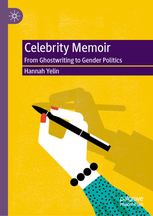
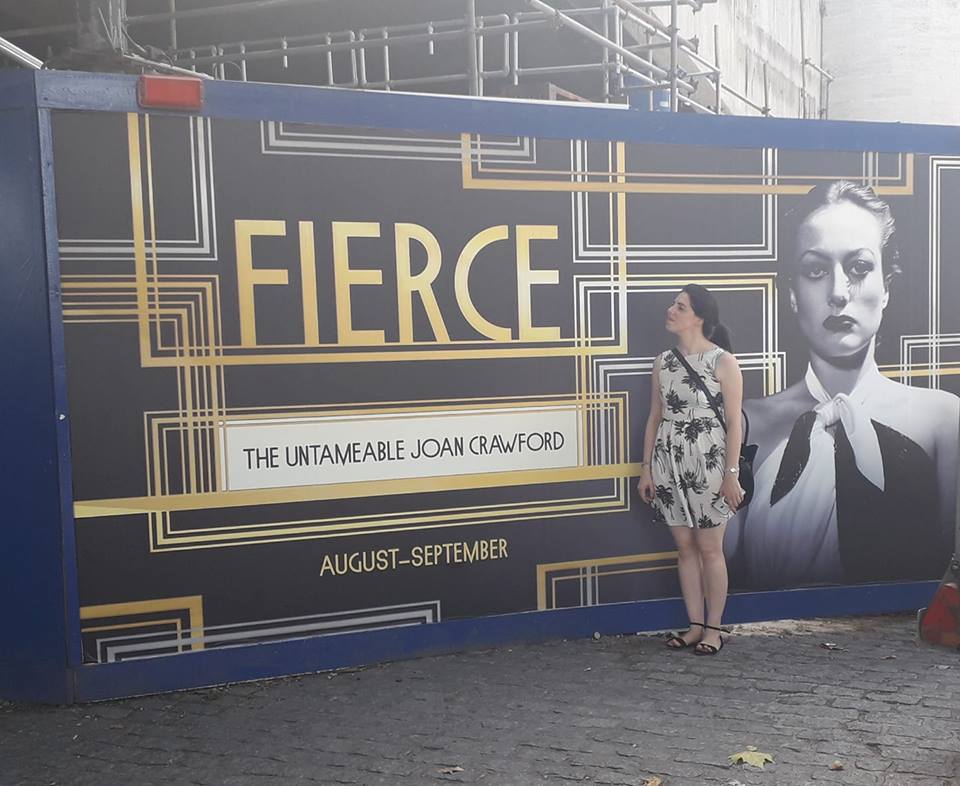
 A thought-provoking episode of Radio 4’s Key Words For Our Time aired today, about the cultural significance of #MeToo as a phrase/hashtag.
A thought-provoking episode of Radio 4’s Key Words For Our Time aired today, about the cultural significance of #MeToo as a phrase/hashtag.